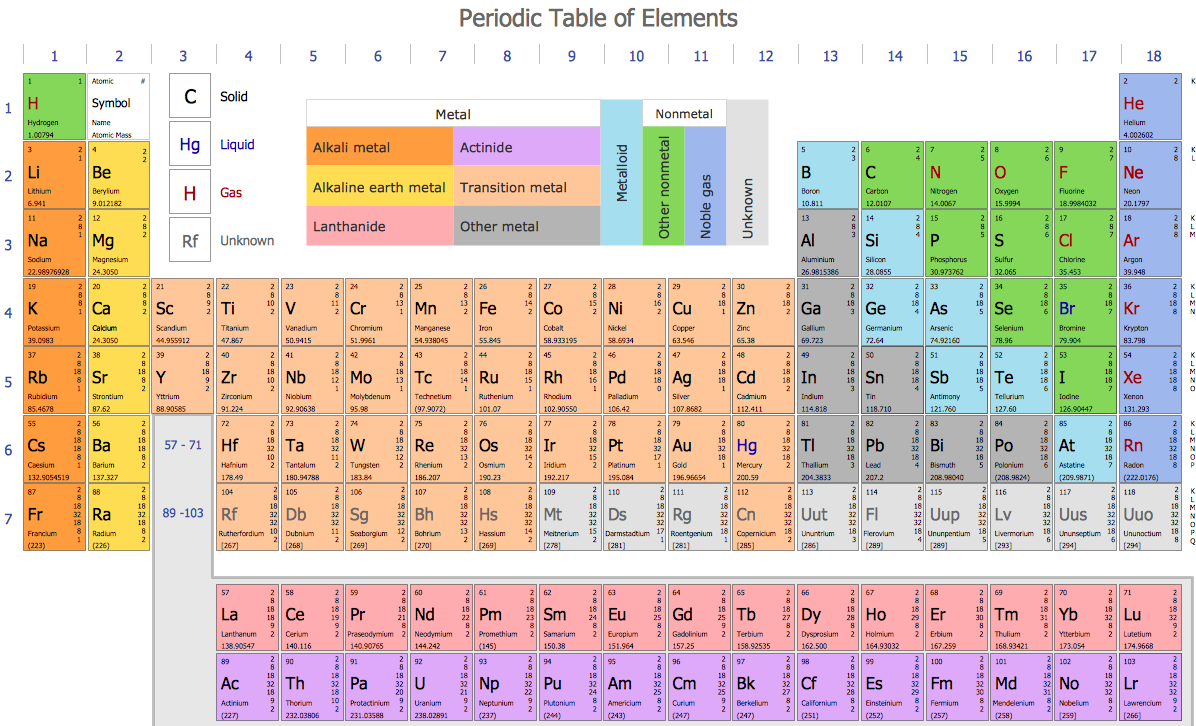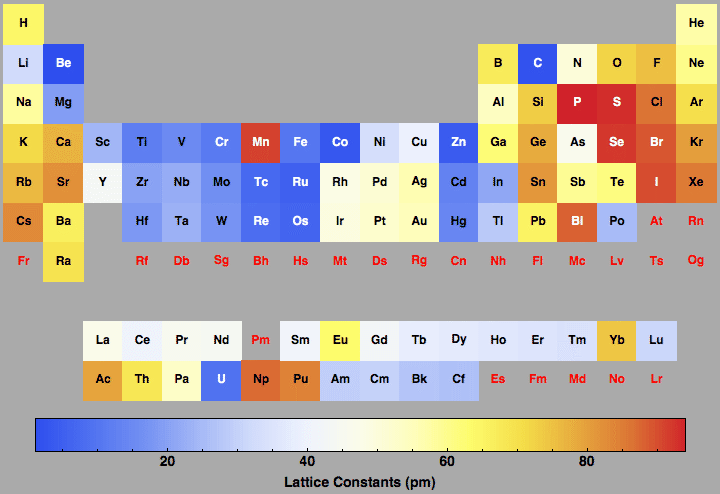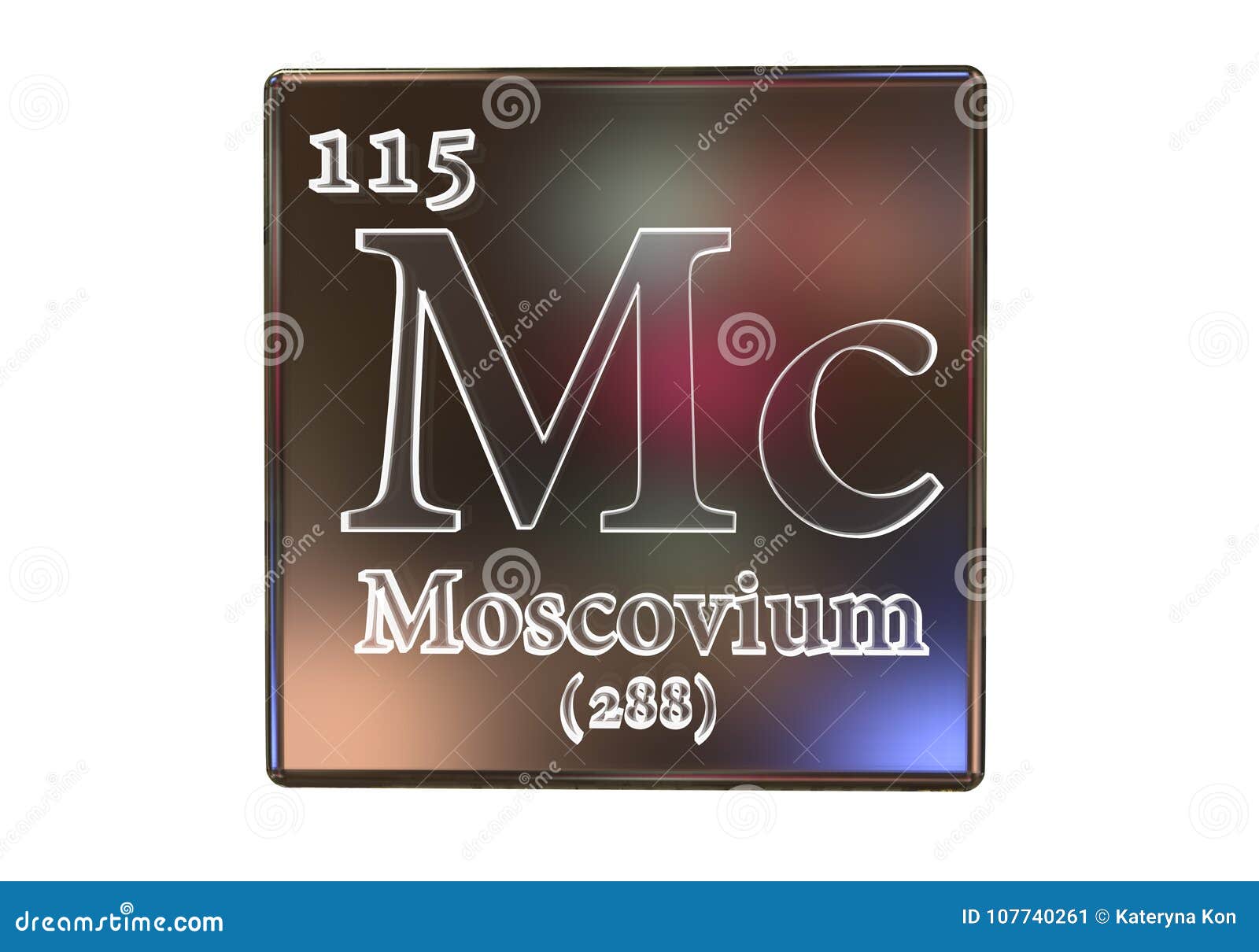

However, only the discoverers are allowed to propose names and symbols for the element.

Certainly, a lot of institutions and groups can make petitions, suggestions or comments about the name of the element. The naming process is not entirely open to the public, as the IUPAC explains. Therefore, when such an infrequent event occurs, it is perfectly understandable that chemists take their time choosing a name for it. “It is a long process from initial discovery to the final naming, and IUPAC is thankful for the cooperation of everyone involved,” said Jan Reedijk How is the naming process for a chemical element?įinding a new element is a hard work for a scientist. Nh, Mc, Ts, and Og were officially designated as elements 113, 115, 117, and 118, respectively. It takes a lot of work and even cooperation to do so. Adding, discovering, and naming new elements is not something that scientists take slightly. No elements had been added to the periodic table since 2011, when members of the heavy metal band livermorium (element 116) and flerovium (element 114) were added to it. They were added to the seventh period or row on the table.

They are some of the heaviest metals on the table. These chemical elements have a peculiar condition since they only exist for fractions of a second before they transform into other elements in the lab. By contrast, nihonium (Nh), moscovium (Mc), tennessine (Ts), and oganesson (Og) are synthetic elements, which means that they are not found naturally in the atmosphere. What are these new elements?Įlements such as oxygen, hydrogen or carbon are easily found in nature. “Overall, it was a real pleasure to realize that so many people are interested in the naming of the new elements, including high-school students, making essays about possible names and telling how proud they were to have been able to participate in the discussions,” said Jan Reedijk, the president of the Inorganic Chemistry Division at IUPAC. Image credit: JIJI PRESS/AFP/Getty Images. Kosuke Morita (L) and Hiroshi Hase (R) point out a board showing the new element 113 during at a press conference held at Riken’s research center in Wako, Saitama prefecture on June 9, 2016. All of the names make reference to a place, for example, “moscovium” to Moscow and “tennessine” to Tennessee. In June 2016, the IUPAC suggested names for the elements, which entered later on a review. The new elements are nihonium (Nh), moscovium (Mc), tennessine (Ts), and oganesson (Og). They were first verified last December. The periodic table has just been enlarged last Wednesday, when the International Union of Pure and Applied Chemistry approved the names and symbols of four new elements, after a five-month review.


 0 kommentar(er)
0 kommentar(er)
